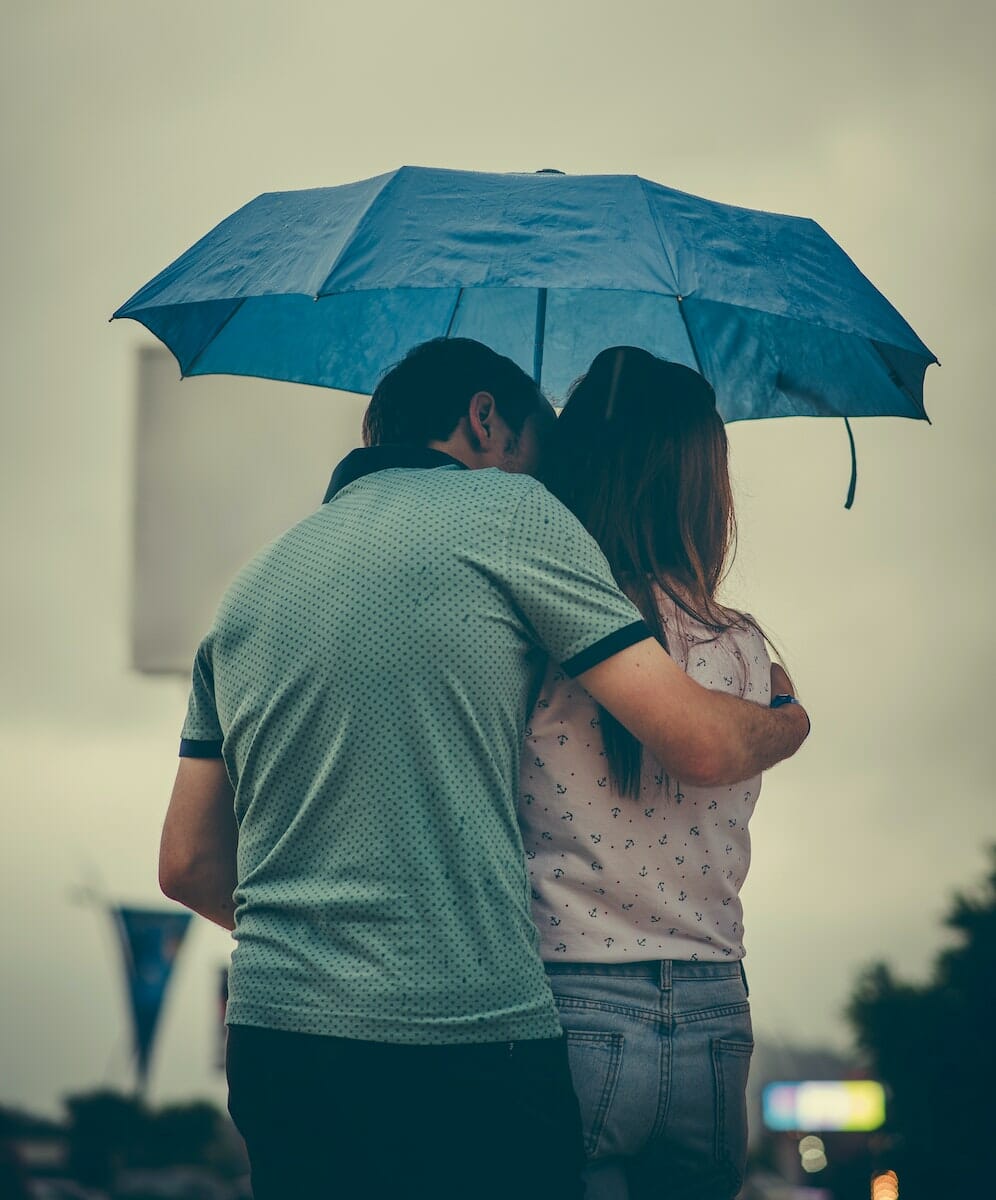Your cart is currently empty!

Exposure Therapy
Exposure therapy is a cognitive behavioral therapy used to treat anxiety disorders. It can be effective for people with autism because it reduces anxiety and phobias related to specific stimuli. Treatment involves gradually exposing the person to the source of their fear or anxiety in a controlled and safe environment.
Exposure therapy helps individuals cope and manage their anxiety in a supportive environment. Reducing fear and increasing confidence in their ability to handle challenging situations are the goals of this program. Anxiety is reduced by showing that the feared outcomes are unlikely to occur. Therapy may be conducted through imagination or real-life exposure.
Responses to “Exposure Therapy”
cYfLSihztBi
nVTd68wm9p7
oB9vVl7bC1u
WipaMQxQbai
Your article helped me a lot, is there any more related content? Thanks!
Touched by what you read? Join the conversation!
-

Who Will Help?
As the founder of a nonprofit organization in the process of getting off the ground, I think it’s important to show vulnerability, but finding the line can be challenging. If you’re too vulnerable, people will be put off; lacking vulnerability is inauthentic. Maybe this is too raw. Maybe it isn’t. We are all fighting invisible…
-

Behavioral Healthcare: Helpers in Crisis
Why is it so hard to get care? Behavioral healthcare is an umbrella term that includes treatment for mental health, substance abuse, learning differences, and disordered behavior resulting from mental illness or disability. Behavioral therapy and behavioral programs include talk therapy, detox and substance abuse treatment, occupational therapy, inpatient and psychiatric treatment, behavioral therapy for…
-

The Types of Bullying
Bullying is very common and very serious problem. Even though efforts to stop it have been successful in reducing the impact and amount, a whopping 19% to 22% of students 9th-12th grade reporting being bullied throughout the year, the 19% to 22% percent not including cyberbullying, which has started to become a problem with the…




Leave a Reply